Proven Expertise across Industry-Leading 3D Sensor Fusion Data Annotation Tools
Our team works with a broad range of industry-standard and proprietary platforms to deliver precise, production-ready training datasets. Whichever data labeling tools you prefer, this flexibility ensures that we can adapt seamlessly without disrupting your workflows, compromising accuracy, or delaying project timelines.

LabelBox

SuperAnnotate
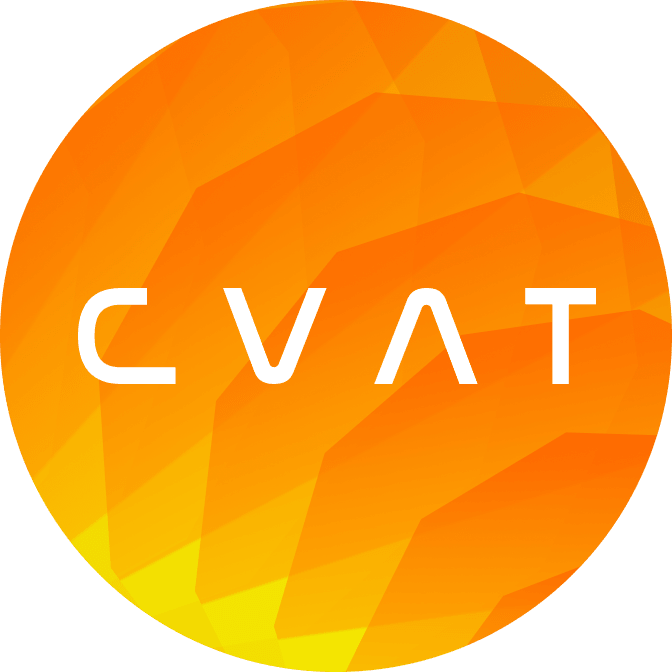
CVAT

Segments.ai
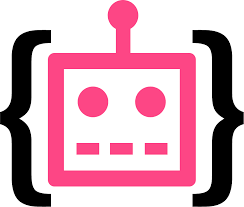
Supervisely

VGG Image Annotator
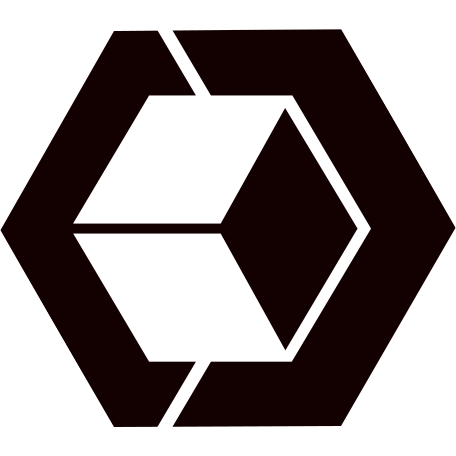
Open3D
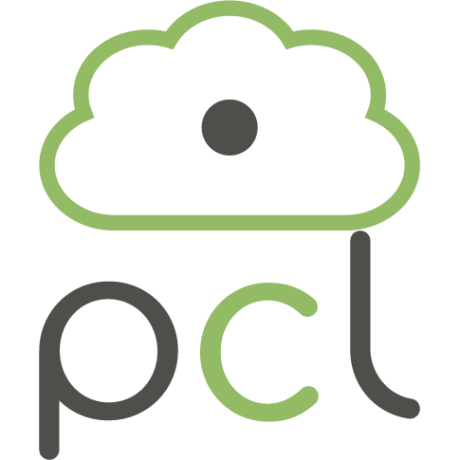
Point Cloud Library (PCL)

Potree

CloudCompare

Deepen AI

Ango Hub
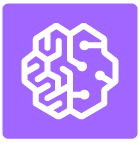
AWS SageMaker Ground Truth

BasicAI
Encord
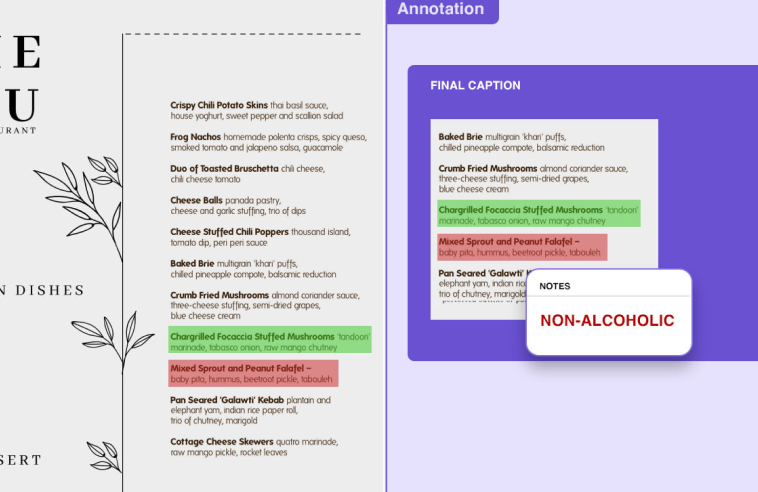

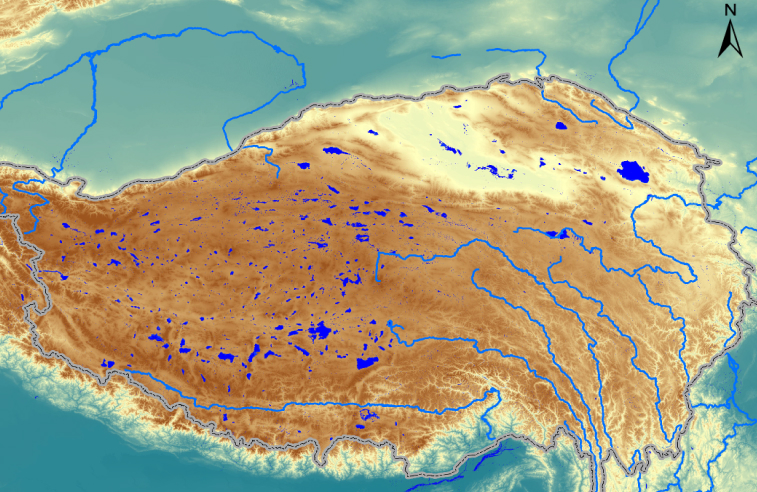
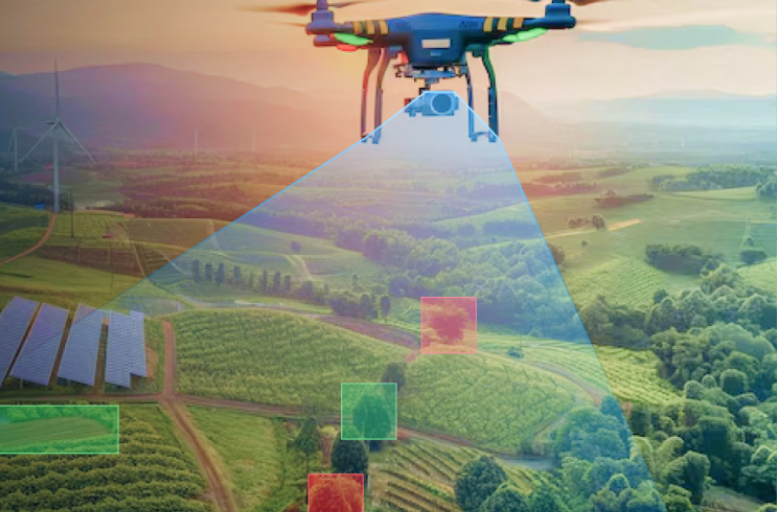
 Free Sample
Free Sample